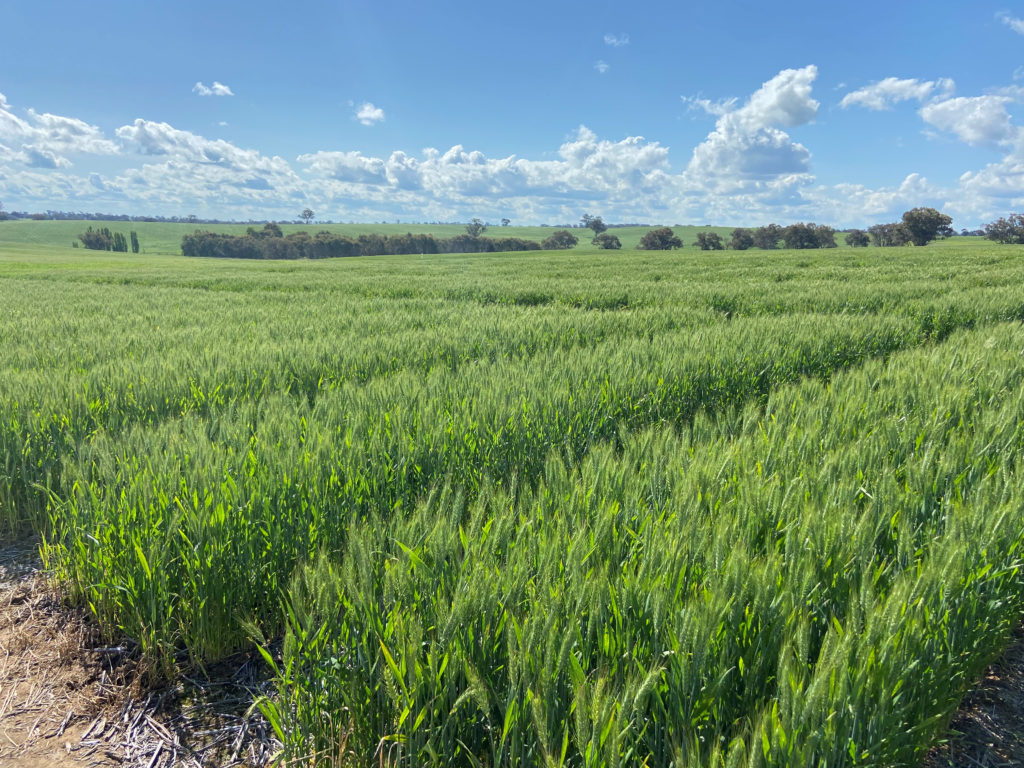Agronomic Insights

Jan Edwards – IPF Director of Agronomy
Nitrogen (N)-based fertilisers are the most widely used fertilisers worldwide. However, N losses due to volatilisation, denitrification, and leaching impose significant annual costs on growers.
One way to overcome this through the use of fertiliser coatings.
There are three different types of coatings (see figure 1), including:
- Stabilised fertilisers also known as inhibitors or Enhanced Efficiency Fertilisers (EEF), have a coating which slows biological activity involved in the conversion of ammonium-nitrogen to nitrate-nitrogen.
- Controlled release fertilisers are covered by a semi-permeable membrane, usually a polymer or organic resin. This is a physical barrier which slows the dissolving of the granule, so it diffuses slowly through the coating into the soil.
- Slow-release fertilisers are a combination of fertiliser and an aldehyde which creates a long-chain molecule. Microbial activity is needed to convert this back to ammonia and then nitrate. The rate of release is influenced by temperature, water, soil pH and microbe activity – so it is hard to predict.

How do EEFs work?
Incitec Pivot Fertilisers (IPF) has a range of stabilised fertilisers which we refer to as N inhibitors or EEFs. They slow the biological activity in the soil that converts urea to ammonium and then to nitrate (Figure 2).
During this process there is the potential for N to be lost. While this is highly variable, in irrigated cotton for example this can be 5% to 30% of N applied via volatilization, 43-90% of N applied via denitrification and 1-5 kg N/ha/year via leaching.

IPF has two EEF products – Green Urea NV and eNpower which work on different parts of the N cycle to reduce losses (Figure 3).
Green Urea NV is a urease inhibitor which suppresses the conversion of urea to ammonium for up to 14 days. This gives time for urea to be incorporated by rain, irrigation or cultivation.
- Green Urea NV is a urease inhibitor which suppresses the conversion of urea to ammonium for up to 14 days. This gives time for urea to be incorporated by rain, irrigation or cultivation.
- eNpower is a nitrification inhibitor which suppresses nitrosomonas activity, retaining nitrogen in the ammonium form longer. It provides 6 to 8 weeks of ammonium protection.

Figure 3: Role and effect of inhibitors.
Reduced volatilisation loss with Green Urea NV
Trial work from Schwenke and McMullen in northern NSW measured the volatilisation loss over 18 days from 100 kg N per ha applied to the surface of an alkaline soil.
The results demonstrate how effective a urease inhibitor is at reducing volatilisation losses compared to urea (green triangles vs white circles in Figure 4)
Note, the purple squares below are the nitrification inhibitor (eNpower). It doesn’t reduce volatilisation – so it must be applied below ground.

Delayed nitrification with eNpower
IPF conducted a field trial on the Darling Downs to demonstrate the effect of treating urea with eNpower. The aim was to delay the nitrate peak till after the second irrigation.
The trial measured the amount of ammonium and nitrate for 90 days after application of 300 kg/ha N (figure 5).
The untreated is shown in the grey, eNpower in the purple. The results show a statistically longer lasting ammonium (NH4+) concentration and delayed nitrate (NO3-) production.
More of the eNpower treated N was held in the ammonium form during the first 60 days after application. Therefore, while the untreated had a spike of nitrate at 14 days, the eNpower treatment delayed nitrate availability till between 30 and 70 days.
This means more N when the plant needs it.

So, in summary there are two different types of inhibitors – urease and nitrification. They target different losses and have a different fit.
| Product | Green Urea NV | eNpower |
| Function | Urease inhibitor | Nitrification inhibitor |
| Active | Lockdown® – NBPT with improved stability | DMPG |
| Target | Volatilisation | Denitrification Leaching |
| For use on | Urea fertilisers – Urea & Easy N | Range of urea and ammonium fertilisers – Urea, Gran-Am, Easy N, DAP, MAP, Granulock |
| Application | Above ground/surface | Below ground |
| Timing | In-crop | Pre-plant |
In summary – inhibitor coatings are a solution for nitrogen losses.
- Inhibitors have a place but should be used with a site-specific crop nutrition program.
- Use soil testing and in-crop monitoring & petiole sampling.
- We encourage growers to start trialling inhibitors / EEFs to better understand how they can they benefit individual farm businesses.
Further Information
For further information, contact jan.edwards@incitecpivot.com.au or +61 445 661 153.
DISCLAIMER
This is a guide only, which we hope you find useful as a general tool. While IPF has taken all reasonable care in the preparation of this guide, it should not be relied on as a substitute for tailored professional advice and IPF accepts no liability in connection with this guide. Incitec Pivot Fertilisers manufactures and sources fertilisers from other suppliers. The fertiliser supply chain extends beyond the company’s direct control, both overseas and within Australia. Incitec Pivot Fertilisers hereby expressly disclaims liability to any person, property or thing in respect of any of the consequences of anything done or omitted to be done by any person in reliance, whether wholly or in part, upon the whole or any part of the contents of this article.





